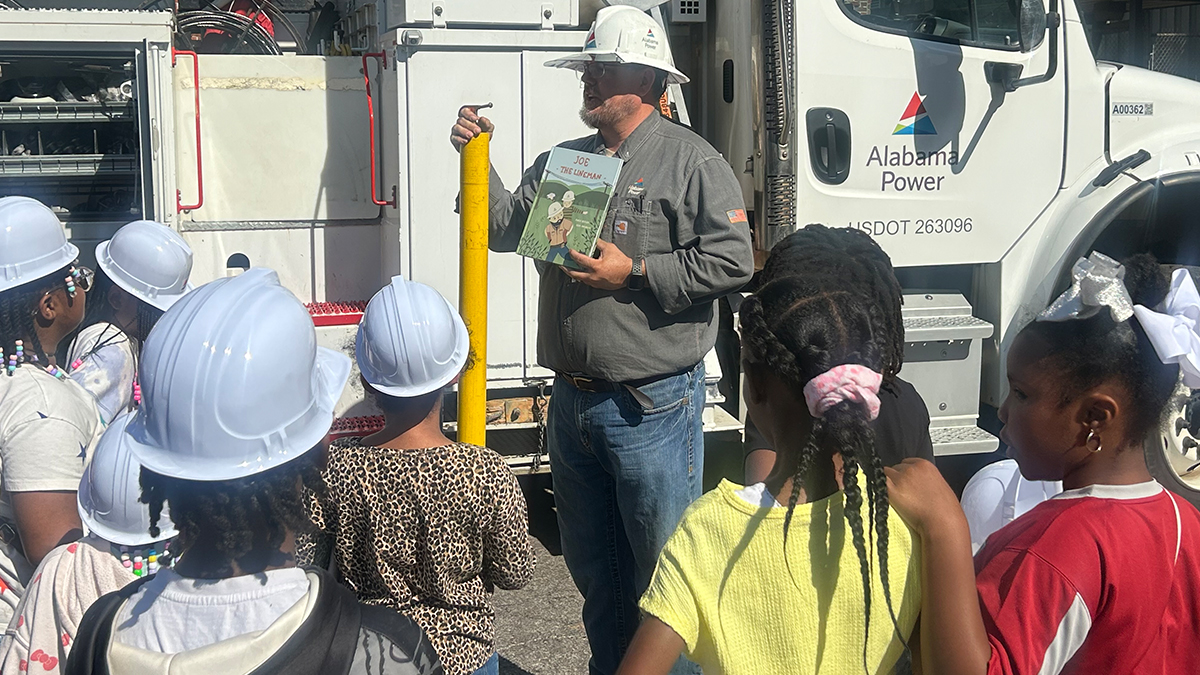Check out Alabama Extension’s 7 tips for growing houseplants

Some houseplants are easier to care for than others, but following a few key practices can help them thrive for years. (contributed)
Houseplants make a great addition to any space in your home and can help create an attractive, restful environment that enhances your sense of well-being. Indoor plants have numerous other benefits, such as improving air quality by trapping and absorbing pollutants. With proper care and maintenance, indoor plants can thrive and be enjoyed for years to come.
Selecting plants
When deciding what houseplants to grow, there are several things to keep in mind. Some houseplants are low maintenance and hardly need any attention to thrive. However, other plants require more intensive management and may not do well if not properly cared for or placed in the right environment. Before buying a plant, consult the plant label to determine whether you have an area that fits the plant’s needs.
Potting mix
Houseplants should be grown in a potting mix or one designed for houseplants, not garden soil or topsoil. Different types of plants have different needs, and often you can find potting mix for specific types of houseplants such as tropical plants or succulents. Make sure the container you choose has adequate drainage.
Light
Light is considered the most important need of houseplants. Placing plants near a sunny, south-facing window usually provides adequate light for high-light plants. If you notice a plant reaching toward the light source or window, that may mean it is not receiving enough light. Move it closer to the light source if possible. Many houseplants will thrive in low-light situations as well.

It’s important to repot houseplants as they grow to keep the root systems from becoming too crowded. (Bonnie Plants)
Water
Watering houseplants properly is key to their success but is less straightforward than it seems. Indoor plants have limited rooting volume, so they are much more sensitive to overwatering or underwatering than outdoor plants. Every indoor plant has different water needs. Instead of watering on a schedule, pay attention to each individual plant. When the soil dries out, you know it needs watering. In general, overwatering is more often the reason for indoor plant death than underwatering.
Fertilizer
Indoor plants typically grow slowly and do not need the level of nutrition required by garden plants. Overfertilizing indoor plants is actually more common than underfertilizing. Plants that are larger or receive a higher light intensity generally need more nutrients. Address water and light issues prior to fertilizing, and don’t fertilize in an attempt to stimulate new growth for a plant in poor growing conditions.
Plant maintenance
For an indoor plant to grow well, use proper maintenance. Pruning is an important step and helps contribute to the overall health of plants. Clean plant leaves regularly to remove the buildup of dust and debris, which can inhibit photosynthesis. Use a sponge, wash cloth or paper towel with water to gently wipe down the leaves. Different types of leaf sprays are available, which help remove dust and make the leaves shiny.
Repotting
When the plant begins to outgrow its container, it is a good idea to repot and, in some cases, prune the roots. When repotting a houseplant, select a pot larger than the one it was in before. When replanting, gently pull apart some of the bottom roots if there is a dense root ball.
This story originally appeared on the Alabama Cooperative Extension System’s website.





